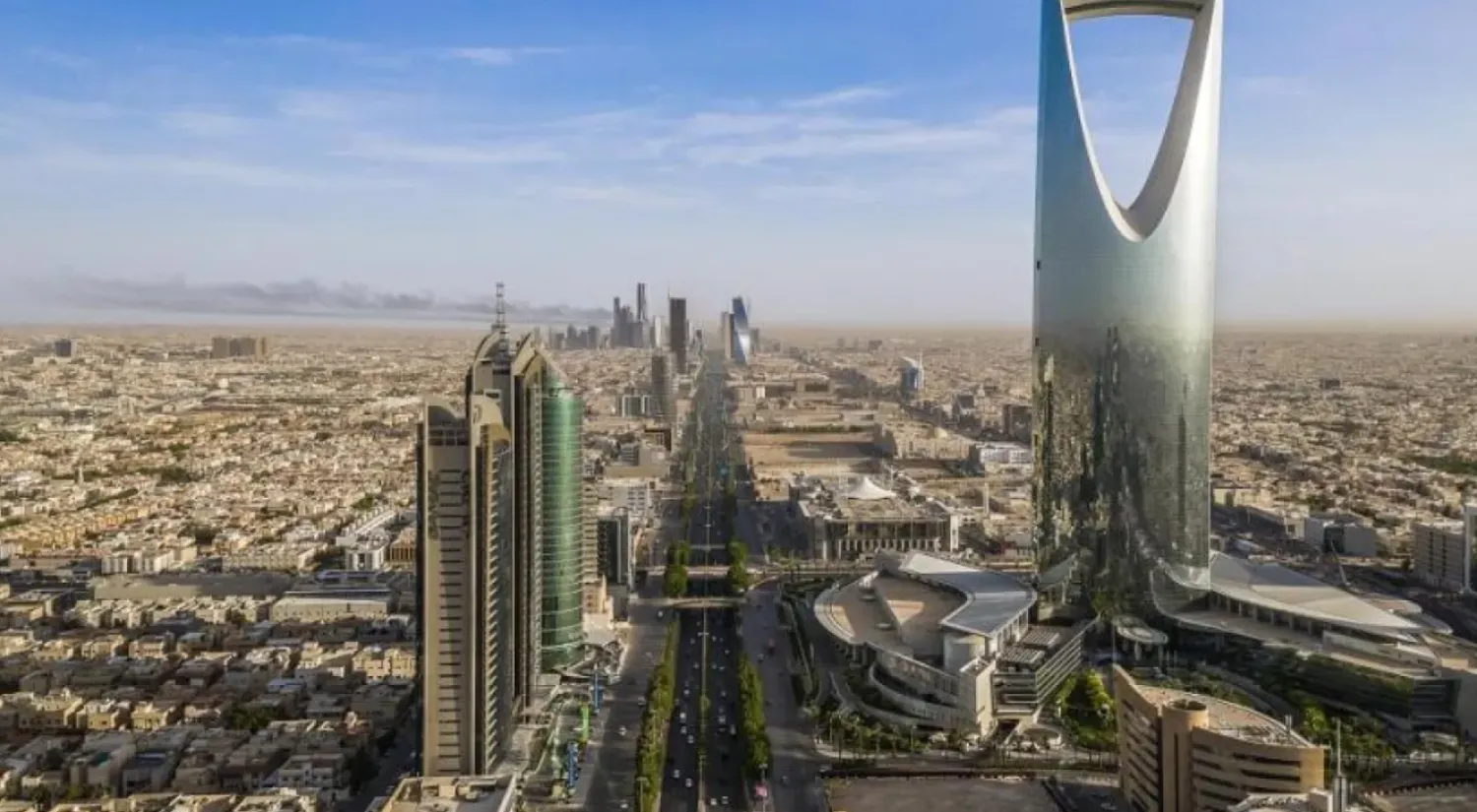The Saudi Literature, Publishing and Translation Commission is preparing to launch the 2nd edition of the Saudi Writers Forum, opening doors for dialogue among intellects, authors, and poets willing to discuss the Saudi literary scene, and explore means and perspectives to develop it.
The Academy of Arabic Poetry is set to host the 2nd edition of the Writers Forum in Taif, to celebrate the city’s nomination as the Capital of Arab Poetry 2022. The event, scheduled on August 26-27, includes panels and symposiums that focus on literature genres, translation, publishing, and poetry, as well as renewing the connection with novelists and contributors in the field.
Atallah Al-Juaid, president of the Taif Literary and Cultural Club, said “the second edition of the forum was scheduled in Taif after its selection as a capital of Arabic poetry, a title given for the first time for an Arabic city.”
“Taif will be hosting the Saudi Writer Forum as a platform that brings together intellects and writers to study and discuss everything related to literature in Saudi Arabia.
“Since its debut in Asir, this forum has aimed at availing the expertise and ideas of intellects and writers, in addition to laying the ground for rich literary and cultural discussions among the participants,” Al-Juaid told Asharq Al-Awsat.
Al-Juaid believes that the success of these forums requires commitment to their conclusions and recommendations, as well as implementing their ideas, coping with challenges, and addressing the discussed problematic matters.
“In Saudi Arabia, we are living an accelerated, ongoing advancement in all fields, and culture is no less important than the other industries. It requires a rapid movement that outpaces bureaucracy affecting the cultural institutions, and keeps up with the aspirations of intellects and novelists when it comes to organizing literary and cultural events. Hopefully, the literature commission executives would consider the participants’ concerns, and take advantage of the forum to set an ambitious, advanced vision to address the challenges and inaugurate a new cultural phase,” he said.
Topics of Writers Forum
The scheduled panels held during the forum focus on several topics like exploring the role of the non-profit sector in cultural empowerment, the image of the other, society role, and the current state of Saudi poetry.
The second day of the forum also discusses diverse topics including the enrichment of critical movement, cinema novel, and the activity of the literary scene. The event will see the participation of 21 speakers in eight different panels.
The forum will also dedicate some sessions to showcase the completed and future works of the literature commission, best initiatives, as well as celebrating the selection of Taif as the first city of Arabic poetry this year.
Dr. Ahmed al-Hilali, literature professor at the Taif University, said the forum is an opportunity to gather intellects, exchange views on literature in Saudi Arabia, and highlight aspirations for the coming phase.
“Given their themes and focus on Saudi literature, the panels of the forum will enrich the gathering and give it an enhanced role in discussing topics related to the current state of poetry and other literary topics,” he stated.
“We hope to hear a clearer definition of the future of Saudi Arabia’s culture, and serious proposals about the topics enlisted on the forum’s schedule, to get a better understanding of the new direction of the cultural institutions like literary clubs and cultural associations branches, as well as the products and initiatives recently approved by the ministry,” he added.
The first edition of the Saudi Writers Forum took place on August 2021, in the Asir region. It hosted panels that discussed different subjects, and the challenges and aspirations of Saudi novelists in the sectors of literature, publishing, and culture.









